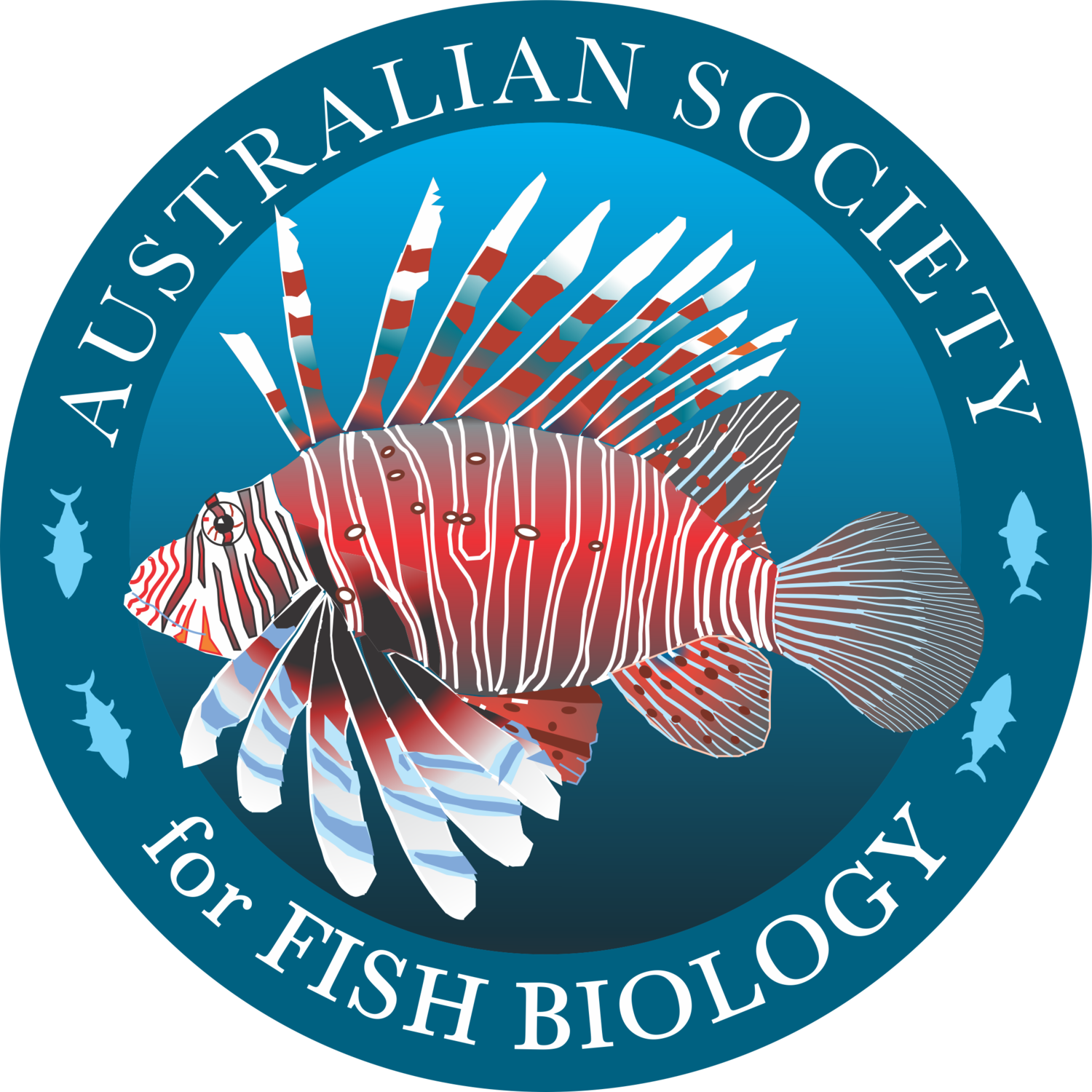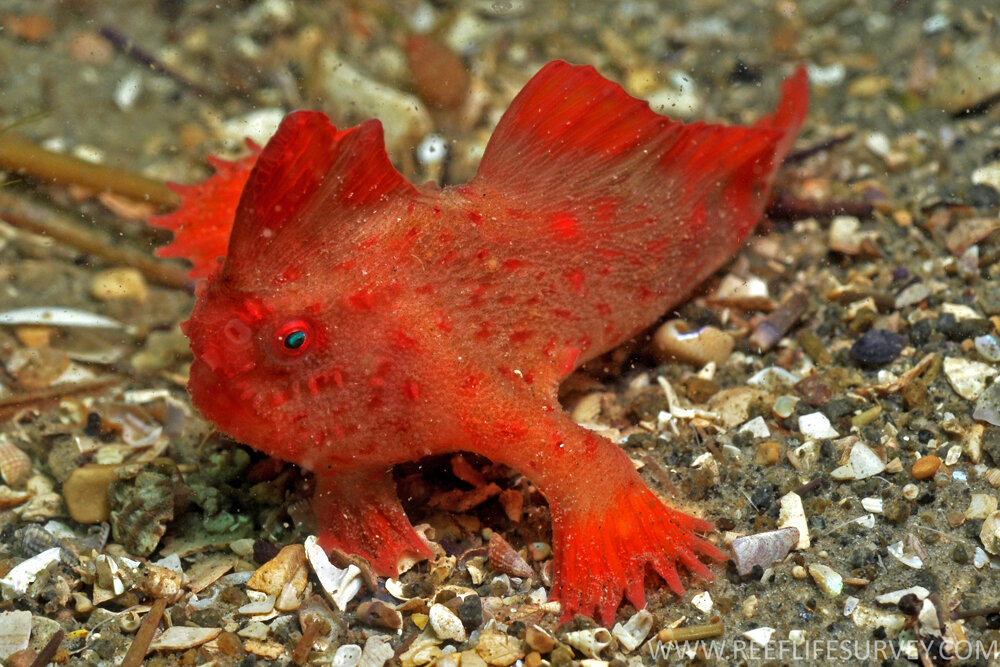The 2020 Fish Quiz
Not so fast, everyone! 2020 isn’t over until you have attempted the end-of-year fish quiz.
A great seahorse (Hippocampus kelloggi) in Botany Bay, NSW. John Turnbull, Flickr/Fishes of Australia (CC BY-NC-SA)
Questions
1. According to a study published in December 2020, which large Australian freshwater fish shows multi-year pair bonding?
2. Are barramundi (Lates calcarifer) generally protandrous or protogynous?
3. Name this fish:
4. What is the current listing of the giant oceanic manta ray (Mobula birostris) on the IUCN Red List (Data deficient, Least concern, Near threatened, Vulnerable, Endangered, or Critically endangered)?
5. In a study published this year, mallards were force-fed fertilised eggs from common carp and Prussian carp. What did this study find?
6. In November 2020, 42 captive-bred handfish were released into Tasmanian waters, increasing their species’ wild population by nearly 50%. What species of handfish were they?
7. Name this fish:
Karelj / Fishes of Australia (public domain)
8. According to a study published in 2020, how many Australian freshwater fish have more than a 50% chance of going extinct in the next two decades?
9. Which veteran ichthyologist, who died in the past year, described 834 new species in his lifetime?
10. What anniversary is the Australian Society for Fish Biology celebrating in 2021?
Answers
1. By genetic testing eggs in the wild, Couch et al. (2020) showed that male Murray cod were mating with the same females over consecutive years.
2. Barramundi are generally protandrous hermaphrodites, with male fish becoming female at about 5-6 years of age.
A juvenile barramundi, captured in the Mackay region of Queensland. Mackay Regional Natural Environment/Fishes of Australia (CC BY-NC-ND)
3. This is a goblin shark (Mitsukurina owstoni), a deep-sea species with a distinctively long, flattened snout.
4. The giant oceanic manta ray was recently upgraded on the IUCN Red List from “Vulnerable” to “Endangered”.
5. The study, published in PNAS, found that 0.2% of ingested eggs could be recovered at the other end of the mallard’s digestive tract, about an hour after being eaten. Incredibly, some of these recovered eggs were still viable and later hatched, suggesting a previously overlooked method of invasive fish dispersal.
6. The captive-bred juveniles were red handfish (Thymichthys politus).
A red handfish in Frederick Henry Bay, Tasmania. Rick Stuart-Smith, Reef Life Survey/Fishes of Australia (CC BY)
7. This is a roach (Rutilus rutilus), a species native to Europe and western Asia. It was introduced to Australia in the 1800s.
8. The study, led by Mark Lintermans and published in Pacific Conservation Biology, identified 20 freshwater fish species with more than 50% chance of going extinct in the next two decades.
9. John Ernest "Jack" Randall (May 22, 1924 – April 26, 2020) had a remarkable 70-year career as an ichythologist, and died aged 95.
10. In 2021, the ASFB will be celebrating its 50th anniversary. The organisation was founded in 1971.
How did you go? You may also like to sample the end-of-year quizzes from 2015, 2016, 2017, 2018 and the Fish Quiz of the Decade.





